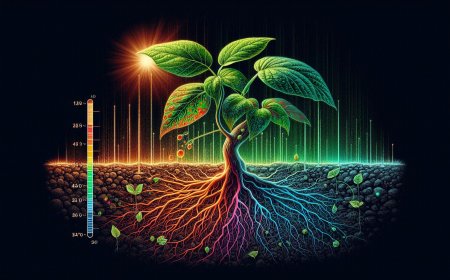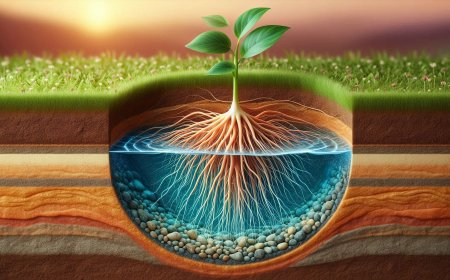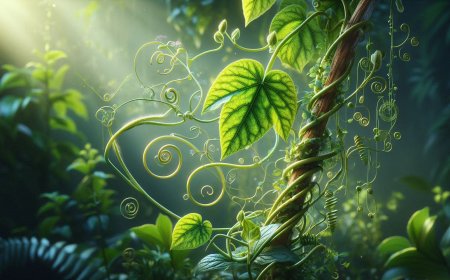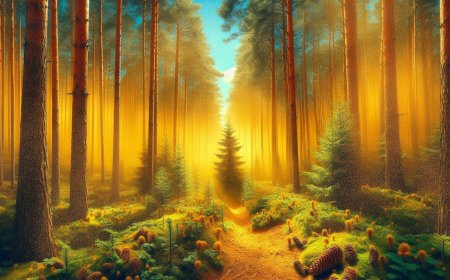Understanding Flora and Fauna: The Vital Life Forms of Every Region
Explore the fascinating world of flora and fauna, the unique plant and animal life of a region, and how they work together to create vibrant ecosystems.
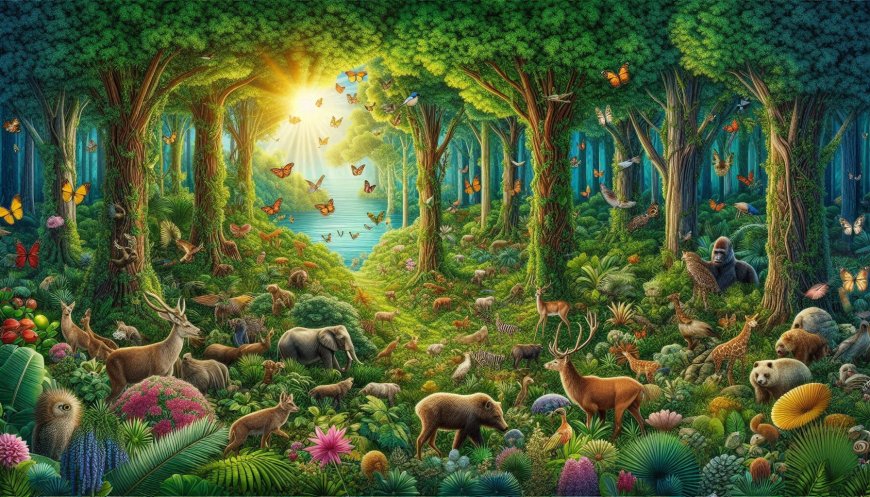
In the study of biology, two words often arise when describing the natural life of any given place: flora and fauna. These terms, though simple, hold immense significance in helping us understand and categorize the diverse life forms that define various ecosystems around the world.
What is Flora?
Flora refers specifically to the plant life of a particular region. Derived from the Latin word for “flower,” flora encompasses all plant species within an environment, from towering trees in tropical rainforests to tiny mosses on cold mountains. Each type of flora contributes uniquely to the ecosystem it inhabits. For instance:
- Forest flora: Includes trees, shrubs, and ground plants that support a vast web of life by providing shelter, food, and oxygen.
- Aquatic flora: Comprises water plants like algae, lilies, and reeds that play crucial roles in maintaining aquatic ecosystems and supporting marine life.
The plant life of any region directly influences the climate, soil quality, and even the animal species that can thrive there. By studying flora, we gain insight into the specific environmental needs and challenges of a region.
What is Fauna?
In parallel, fauna describes the animal life native to a particular region. Fauna includes all creatures, from insects to mammals, that inhabit and interact with their environment. Like flora, fauna varies widely across ecosystems:
- Desert fauna: Animals like camels, lizards, and scorpions have adapted to survive with minimal water and withstand high temperatures.
- Forest fauna: This includes diverse animals such as monkeys, birds, insects, and large predators, each with unique roles in maintaining the food chain.
Animals adapt to their regions’ specific flora, climate, and geography. By examining fauna, biologists can determine how environmental factors influence animal behaviors, reproductive cycles, and survival strategies.
The Symbiotic Relationship Between Flora and Fauna
Flora and fauna are intricately linked, each playing essential roles in maintaining the balance of their ecosystems. Plants (flora) produce oxygen and food, which are critical to the survival of animals (fauna). In return, animals pollinate plants, disperse seeds, and help fertilize the soil through their waste, which plants then use to grow.
This interdependence is visible everywhere—from bees pollinating flowers to wolves controlling herbivore populations, which prevents overgrazing. Together, flora and fauna form a complex web of life where each organism’s survival is intertwined with others.
Why Study Flora and Fauna?
Studying flora and fauna gives us a deeper understanding of how natural ecosystems function. It helps conservationists protect endangered species, supports the creation of sustainable environmental policies, and educates us on the importance of biodiversity.
Conserving flora and fauna is essential to preserving the planet’s delicate balance. Ecosystems with rich biodiversity are more resilient, able to recover from disturbances such as natural disasters or climate change. By protecting these life forms, we not only support wildlife but also ensure the sustainability of resources like clean air, water, and fertile soil.
Conclusion
In essence, flora and fauna represent the plant and animal life that bring vibrancy and stability to every region on Earth. Understanding their roles, adaptations, and interactions helps us appreciate and protect the natural world around us. Whether you’re exploring a dense jungle, a vast desert, or a peaceful riverbank, remember that each plant and animal you see is part of the magnificent, interconnected web that sustains life on our planet.
What's Your Reaction?







